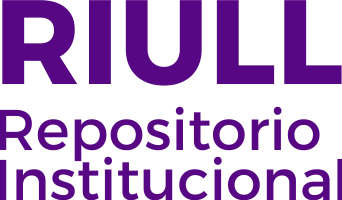Measuring advertising effectiveness in Travel 2.0 websites through eye-tracking technology
Fecha
2019Resumen
The advent of Web 2.0 is changing tourists' behaviors, prompting them to take on a more active role in preparing their travel plans. It is also leading tourism companies to have to adapt their marketing strategies to different online social media. The present study analyzes advertising effectiveness in social media in terms of customers' visual attention and self-reported memory (recall). Data were collected through a within-subjects and betweengroups design based on eye-tracking technology, followed by a self-administered questionnaire. Participants were instructed to visit three Travel 2.0 websites (T2W), including a hotel's blog, social network profile (Facebook), and virtual community profile (Tripadvisor). Overall, the results revealed greater advertising effectiveness in the case of the hotel social network; and visual attention measures based on eye-tracking data differed from measures of self-reported recall. Visual attention to the ad banner was paid at a low level of awareness, which explains why the associations with the ad did not activate its subsequent recall. The paper offers a pioneering attempt in the application of eye-tracking technology, and examines the possible impact of visual marketing stimuli on user T2W-related behavior. The practical implications identified in this research, along with its limitations and future research opportunities, are of interest both for further theoretical development and practical application.




